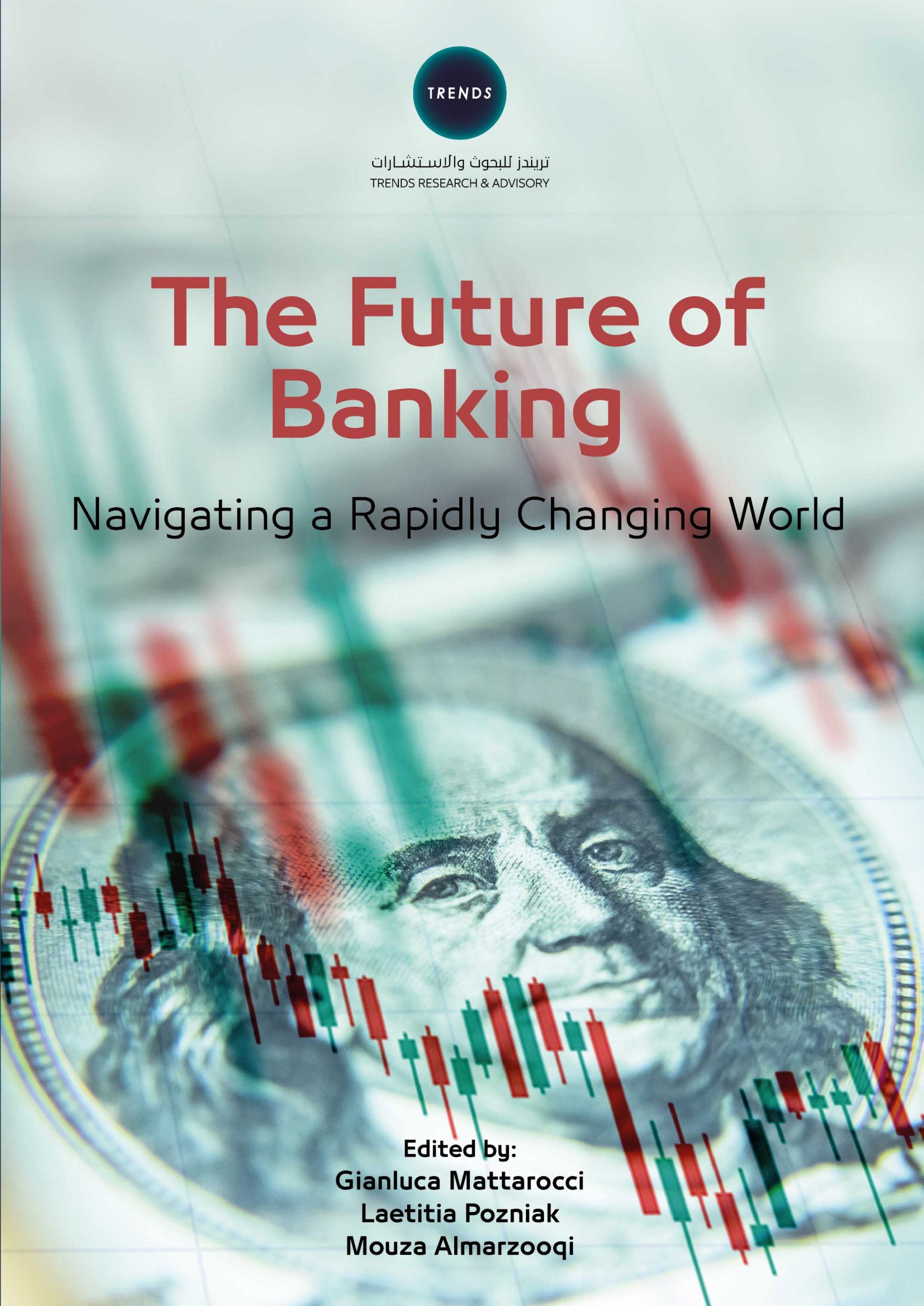The banking industry has changed significantly since the 2008 global financial crisis, and the market is currently characterized by different levels of labor productivity, evolving regulations, increased competition, and higher capital costs (McKinsey, 2024). These developments are primarily driven by new technologies revolutionizing the financial industry, providing innovative sales channels and solutions that enhance customer experience while reducing costs (Thakor, 2020). Banks have responded by developing innovation hubs or accelerators, allowing traditional financial institutions to rapidly adapt their business models to the new financial industry scenario (Blackstad and Allen, 2018). This new business model, known as the open banking model, is less focused on collecting private data and more on data sharing and big data analytics to improve customer journeys (Kelly, 2014).
The emergence of this new industry is typically attributed to the global financial crisis, which exposed limitations in traditional financial institutions and fostered consensus around developing alternative banking systems (Cortina and Schmukler, 2018). Initially, growth among new players primarily targeted individuals excluded from traditional finance (Buchak, Hu, and Wey, 2021). However, today, businesses and individuals alike view non-traditional financial institutions as reliable counterparts for a variety of financial contracts.
Today's financial market significantly differs from traditional finance, incorporating fintech startups, neo-banks, challenger banks, and big-tech companies.
The number of fintech companies has grown exponentially since 2008, reaching 29,927 companies by 2024, with major markets in the United States and Europe. The largest fintech companies globally include traditional entities innovating through technology, such as Visa and Mastercard, as well as pure fintech companies like Robinhood, Coinbase, and Chime in the United States. Notably, major fintech players are not only found in developed economies but also in developing economies such as China, Malaysia, and Brazil.
Increased competition and reduced profit margins have compelled traditional financial institutions to significantly transform their business models to remain competitive (Sironi, 2016). The main advantages for newcomers include innovative customer acquisition methods, cost-saving opportunities, effective use of customer data, product specialization, advancements in technological infrastructure, and improved risk management approaches (McKinsey, 2015).
However, the fintech market is characterized by high failure risks, especially among startups, many of which face funding shortages or low profitability, exposing them to bankruptcy risks (Hornuf and Mattush, 2025). This high failure risk among certain fintech companies increases systemic risk within the overall financial system, necessitating supervisory tools to mitigate contagion risks (Franco et al., 2020).






